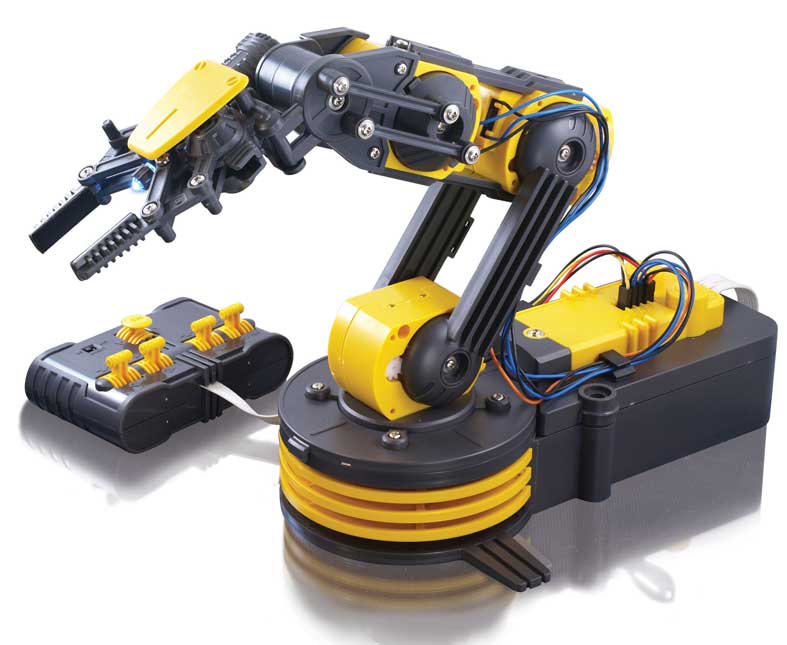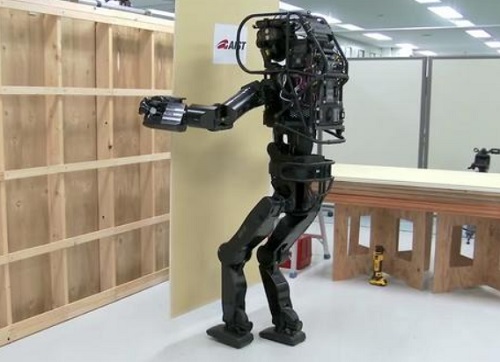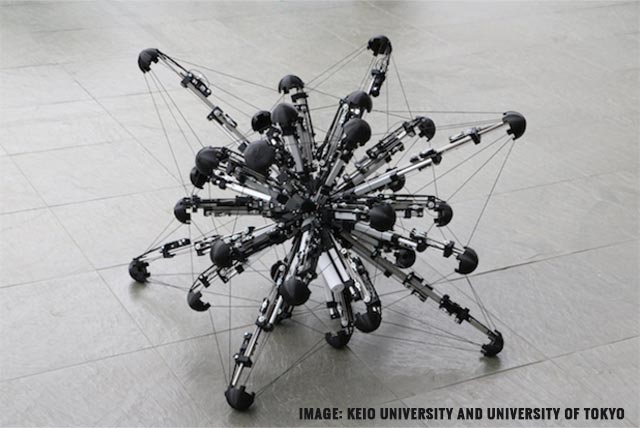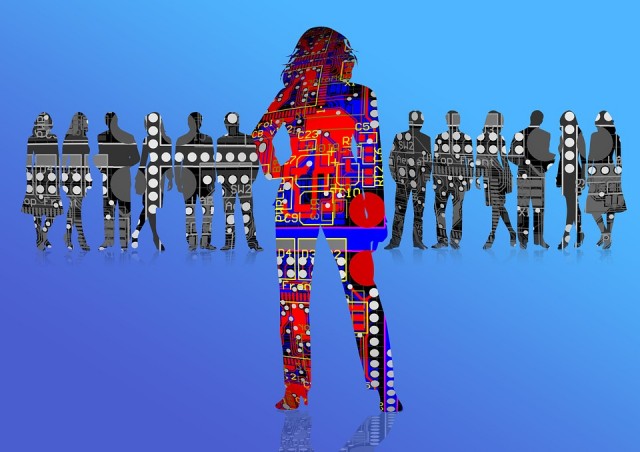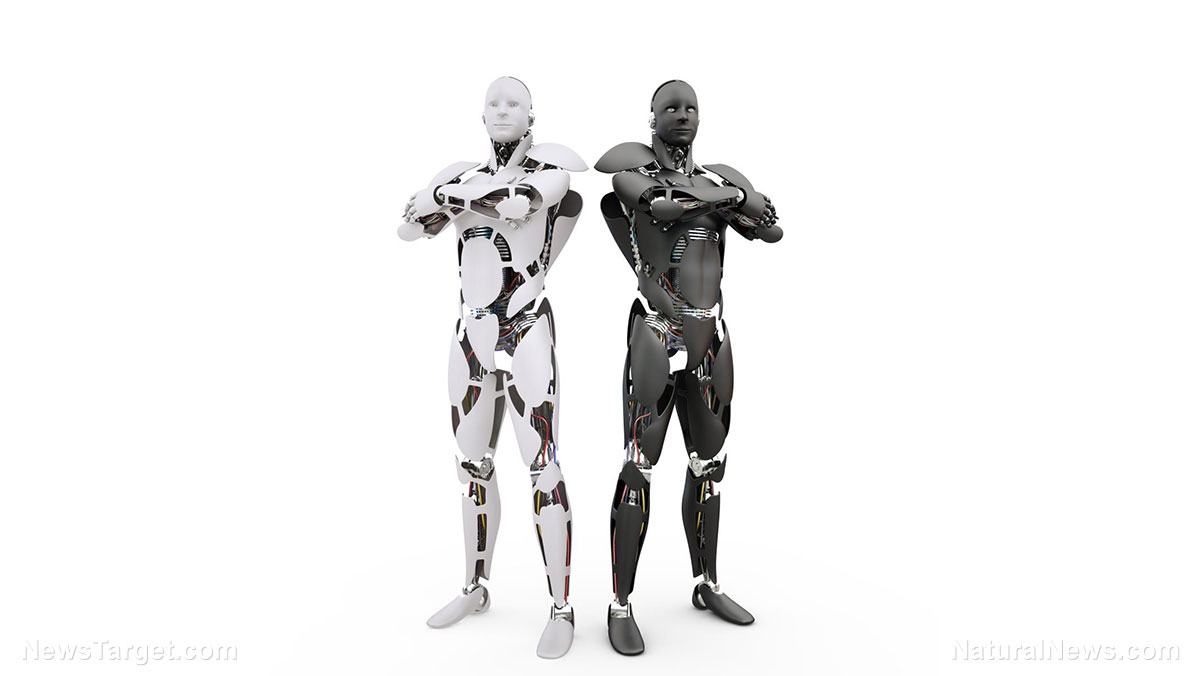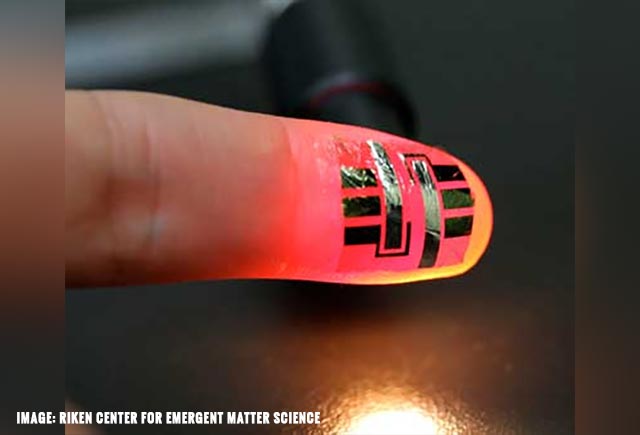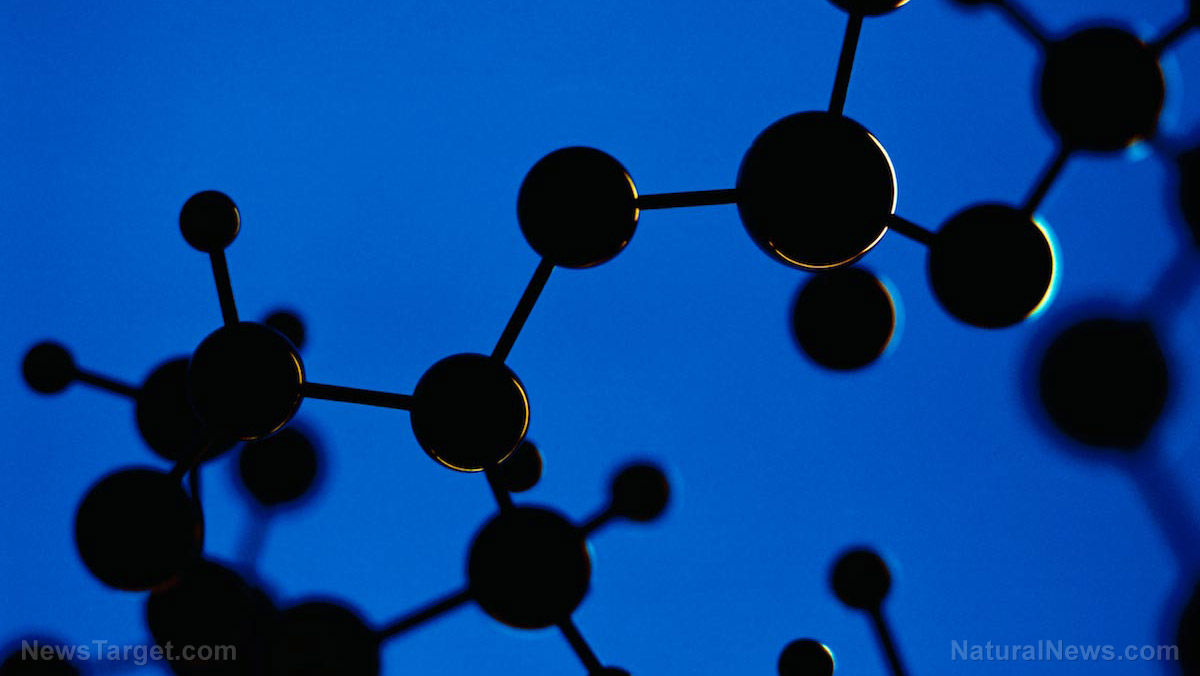Study explores semi-artificial photosynthesis; a new way to produce and store solar energy
11/22/2018 / By Edsel Cook

Researchers found a better way to squeeze more electricity out of solar power. An article in Science Daily described how they modified photosynthesis so that it could split water into its component molecules.
In the photosynthetic process, sunlight is used by plants, some bacteria, and certain protists to turn carbon dioxide and water into food. Oxygen is produced as a waste product from the water that it split.
Almost all of the oxygen that fills the atmosphere of Earth comes from photosynthesis. This makes the process one of the most important ones with regards to sustaining life as we know it.
Oxygen is not the only molecule that results from photosynthesis. It is accompanied by its partner, hydrogen, the other element that makes up water.
In much the same way oxygen fuels living organisms, hydrogen can serve as a fuel source for various processes. The most common element in the universe is considered to be a potentially renewable source of green energy. (Related: New technology enables scientists to generate energy from live bacteria.)
Semi-artificial photosynthetic process improves upon natural means
A University of Cambridge research team developed a new way to create and store solar energy using a semi-artificial version of photosynthesis. They combined organic parts and human technology, powered it with sunlight, and successfully broke water down into hydrogen and oxygen.
According to the study, the tweaks made to the photosynthetic process increased the amount of sunlight absorbed. The process became more efficient.
“Natural photosynthesis is not efficient because it has evolved merely to survive, so it makes the bare minimum amount of energy needed,” explained Katarzyna Sokól, one of the researchers of the study. She said that natural photosynthesis is only able to convert and store around one to two percent of the energy in sunlight.
Artificial photosynthesis uses chemical catalysts that are expensive and have deadly effects on the environment and living organisms. These drawbacks prevent it from being used as a renewable source of energy on an industrial level.
Sokól’s team is some of the many research groups working on a blend of organic and artificial processes called “semi-artificial photosynthesis.” They employ enzymes to achieve the reactions needed for more efficient photosynthesis.
Reactivating an unused enzyme in algae to bolster the efficiency of photosynthesis
The researchers came up with a semi-artificial photosynthetic process that displayed higher energy output and storage capacity than purely artificial means. The team also reported reactivating a long-dormant natural process in algae.
Sokól explained that algae contained an enzyme called hydrogenase that can turn protons into hydrogen. This enzyme was not considered to be vital to the survival of the organism, so it was inactivated through an evolutionary process to save precious energy.
Her team was able to undo the inactivation of the enzyme. They then used the proton-to-hydrogen reaction to break down water into its component molecules.
“It’s exciting that we can selectively choose the processes we want, and achieve the reaction we want which is inaccessible in nature,” she explained. “This could be a great platform for developing solar technologies. The approach could be used to couple other reactions together to see what can be done, learn from these reactions and then build synthetic, more robust pieces of solar energy technology.”
Their newly-developed process uses a combination of natural hydrogenase and artificial photosystem II to achieve photosynthesis. The resulting semi-artificial process is fully powered by solar energy. It is the first of its kind to achieve success, and its creators hope that it can inspire more advances in the conversion of solar energy.
Interested in the latest breakthroughs on solar energy production? Visit NewEnergyReport.com for more articles.
Sources include:
Tagged Under: artificial photosynthesis, breakthrough, Chemistry, Clean Energy, discoveries, electricity, green living, hydrogen fuel, inventions, oxygen, photosynthesis, renewable energy, semi-artificial photosynthesis, solar power

